It’s a question which would inevitably surface during any serious discussion of Queen Elizabeth II: who was her favourite prime minister?
Unlike her grandfather, George V, who was clear that he favoured Ramsay MacDonald (and told him so), or George VI, for whom Winston Churchill was the clear winner, Elizabeth II always kept us guessing. Was she, too, a Churchill devotee? Some say she harboured a greater fondness for her first Labour PM, Harold Wilson, and not just because he was good company and shielded her from the republican wrath of his own MPs. He did not, unlike Churchill, outstay his welcome but timed his resignation to divert attention from the collapse of Princess Margaret’s marriage. Others point to Sir Alec Douglas-Home on patrician Scottish landowning grounds.
I could never be certain. I would, though, be a good deal more confident in nominating her least favourite PM – Edward Heath.
It was not the industrial chaos of the Heath years which counted against him. Nor was it the fact that his bachelor small talk was confined to two subjects for which the Queen had minimal enthusiasm – sailing and classical music. What really tipped the scales on the debit side was the fact that Heath treated the Commonwealth – and its leaders – with contempt.
It sounds clichéd to talk of the Queen’s devotion to the Commonwealth but it was palpably true. To her dying day, she viewed it as one of the great personal achievements of her reign that this geopolitical experiment turned out to be such a success. For, regardless of all its current ailments, her ‘family of nations’ continues to be a multi-layered force for good in a troubled world (with a waiting list).
She saw the Commonwealth play a key role in redrawing the post-war map of the world, particularly in Africa. She saw the way in which it transformed Britain from the monochrome, monocultural nation which she inherited from her father in 1952 into the multicultural society of today. Above all, she was proud of playing her own pivotal part in all this.
It was the Commonwealth which separated her from her 39 predecessors going back to William the Conqueror. In every case, they all came to the throne with a divinely ordained obligation to hold and expand national territory. What’s more, her five immediate predecessors were not just custodians of a kingdom but of an empire. Any previous monarchs who ended up ceding ground felt profound ancestral shame. Mary I never got over the loss of Calais. Though George III consolidated British influence from India to Australia, he was forever scarred by the loss of the American colonies.
The Queen’s father had come to the throne as Rex Imperator and it pained him greatly to drop the latter part of that title with the independence and partition of India in 1947. Elizabeth II, on the other hand, knew the score before her accession. She would be expected to relinquish British control of a large part of the planet while juggling two competing priorities. She had to encourage the aspirations of ex-colonies going their own ways while at the same time bolstering fragile British self-esteem. Her main aim was to preserve the nobler legacies of empire – rule of law, parliamentary democracy, independent civil structures – not as a boss but as a friend.
She would do all this in her capacity as head of the Commonwealth. This, however, caused one of the first major headaches of her reign. For when the original members created the modern Commonwealth in 1949, they had struggled to find a way of maintaining the royal connection while continuing to include republics, such as India, who refused to owe allegiance to the Crown. So they agreed to give George VI the non-executive title of ‘Head of the Commonwealth’ – but there was no provision for making it hereditary.
For the first 48 hours of her reign, there was confusion. How – if at all – was the new Queen to be the ‘Head of the Commonwealth’? Would there need to be a vote? What if, say, India rejected the idea? The problem was resolved on 8 February 1952, when the Indian Prime Minister, Jawaharlal Nehru, sent a formal message of condolence to the new monarch and added: ‘May I welcome Your Majesty as the new head of the Commonwealth.’ If Nehru was happy, then everyone else was, too.
At the start of her reign, the Queen focused almost exclusively on Commonwealth realms. She went all over the world, yet it took three years before she paid her first proper visit to a non-Commonwealth nation. And even that was to stay with a fellow monarch, the King of Norway.
At the start of the 1960s, her role became more strategic – and more complicated, too, as she felt the conflict between her twin roles as British monarch and Commonwealth figurehead. The Soviet Union was making overtures to fledgling nations such as Ghana. The Queen had accepted an invitation from its first president, the mercurial Kwame Nkrumah, and had been forced to cancel when she discovered she was pregnant with Prince Andrew. Taking up that invitation became a matter of honour, despite a spate of bombs and terrorism in Ghana. There were noisy calls in parliament for the Queen’s visit to be cancelled on security grounds. She ignored them, went ahead and pulled off a major diplomatic triumph when photographs of her dancing with Nkrumah were splashed over every newspaper in Africa.
The exception was South Africa, now wedded to the white supremacist doctrine of apartheid – even though the Queen was still, nominally, its head of state. In 1961 it voted to remove her and resigned from the Commonwealth before it could be expelled. The monarch was now firmly embraced by the ‘new’ (and predominantly black) Commonwealth nations as well as the (predominantly white) leaders of the ‘old’.
Those UK-vs-Commonwealth tensions still persisted. When the ‘new’ leaders pushed for the creation of a Commonwealth secretariat, the British government tried to sideline the new body. When the first secretary-general, Canada’s Arnold Smith, arrived at his first meeting of Commonwealth leaders in London, Wilson’s government tried to seat him at the back among the stenographers. He refused, with the tacit approval of the Queen. At around the same time, he found himself at the annual Buckingham Palace reception for the Diplomatic Corps where he was relegated to the end of the line, beneath the lowest-ranking chargés d’affaires. ‘What are you doing down here?’ asked a perplexed Duke of Edinburgh.
Just a week later, Smith was informed that he had suddenly and mysteriously been granted extraordinary super-diplomatic status. Henceforth he would outrank every single ambassador to the Court of St James’s. Through these small, significant steps – all of them noted approvingly by protocol-obsessed officials around the Commonwealth – the Queen was increasingly seen as ‘one of us’, not as the stooge of British ministers and mandarins.
When Commonwealth leaders came through London, there was lunch at the Palace. When the Royal Commonwealth Society hit upon the idea of a religious celebration of the organisation, there was, initially, opposition from Church of England traditionalists who objected to non-Christian clerics officiating. It was the Queen who resolved the problem by moving the event to her own ‘royal peculiar’, Westminster Abbey.
In 1971, the younger Commonwealth nations took another important symbolic step in breaking from Britain. All previous prime ministerial gatherings had taken place in London. Now, they would move around the various member states, starting with Singapore. The Queen was much looking forward to it. However, Heath feared a bruising spat with the other members, given that he was preparing to resume sales of military equipment to South Africa. So he formally advised the Queen that she should not go. It was no secret that she was extremely unhappy to be kept away from a meeting of ‘her’ family of nations. Heath’s biographer, John Campbell, was informed that she was ‘deeply unhappy’ with his ‘undisguised disrespect’ for the Commonwealth and his ‘contempt’ for its leaders.
The Queen was never going to let that happen again. Heath tried to stop her going to the 1973 meeting in Canada, only to be thwarted by the host, the wily Pierre Trudeau. He had already invited her as Queen of Canada and Heath was powerless to stop her.
The following year, Heath earned further royal opprobrium when he decided to hold a general election during the opening days of a major royal tour of Australia. The Queen had to hurry home. Her hosts were deeply hurt that, whatever the convention that all realms are equal, Australia’s monarch clearly regarded her British throne as superior. The Aussies were already smarting from Britain’s decision to turn her back on old Commonwealth allies and join the Common Market. Their response was one which pained the Queen: they promptly dropped ‘God Save the Queen’ as the national anthem. What really upset her, according to her private secretary Martin Charteris, was the fact that the Australian government didn’t bother to tell her in advance.
It was during the Margaret Thatcher years, famously, that the Queen’s loyalties were stretched. Contrary to the plot of Netflix drama The Crown, the monarch did not plot against her PM, but there were tensions. Mrs Thatcher tried to stop the Queen going to the Commonwealth summit in Zambia in 1979 on security grounds. The monarch was not falling for that trick again. She responded by announcing how much she was looking forward to it. Her presence not only played a key role in the transformation of white-rule Rhodesia into modern, multi-racial Zimbabwe, but the Queen also persuaded the host, Kenneth Kaunda, to abandon an incendiary speech attacking Mrs Thatcher that would have derailed the entire summit.
Throughout the 1980s, Britain’s opposition to sanctions against South Africa was a running sore with the other nations who were pointedly in favour. For the Queen, the low point came when many Commonwealth nations, by way of protest, boycotted the 1986 Commonwealth Games – held in Edinburgh, to boot. At the same time, the Sunday Times ran a sensational story on a Palace/Downing Street schism. ‘Queen dismayed by “uncaring” Thatcher’ ran the headline. Both women were appalled (and reduced to tears) by the suggestion. It soon emerged that the story was based on the hypothetical musings of the Queen’s press secretary, Michael Shea, to a journalist and had no basis in fact. Shea got the push and the two women patched up the wounds over time. Indeed, two secretary-generals have assured me that it was only the Queen who saved the organisation from an irreparable schism.
As Mrs Thatcher left the world stage, Nelson Mandela arrived, elected president of South Africa in 1994. One of his first executive decisions was to reattach his country to the Commonwealth. The Queen was elated and a lifelong friendship with Mandela was sealed.
Over the subsequent years, the Queen became ever more closely involved in Commonwealth gatherings. In the early days, she would never set foot inside a summit but would dutifully meet leaders at audiences and social events in the margins. By the 21st century, she was a fixture inside the summit venue itself, making speeches and formally opening the proceedings.
Over time, she slowly started to introduce her son and heir to these events. The Prince of Wales had spent decades forging his own links with a multitude of Commonwealth organisations but had always been careful not to encroach too far on to what was always very clearly his mother’s territory. Come the 2018 London summit, however, the Queen felt that the time had come and formally expressed her ‘sincere wish’ that the Prince should be endorsed as the next head. The leaders all agreed unanimously.
While the organisation’s influence as a major force for change had waned, its appeal had not. Nations which had never been part of the British Empire were queuing up to join. This year, the year of her Platinum Jubilee, two former French possessions, Gabon and Togo, became the latest recruits, much to the chagrin of the French. The organisation which had boasted eight nations at the time of her accession now had a membership of 56.
By any measure, an increase of 600 per cent should reflect favourably on the leadership of any organisation. For the Queen, the Commonwealth was nothing to do with cocktail parties on manicured lawns and endless dancing displays. It was about turning an outdated imperial structure into a network of nations who, for all their countless disagreements, could find more in common than apart. More than that, there can be little doubt that, without her, it would long ago have shrivelled, if indeed it had survived at all.
Got something to add? Join the discussion and comment below.
Get 10 issues for just $10
Subscribe to The Spectator Australia today for the next 10 magazine issues, plus full online access, for just $10.
You might disagree with half of it, but you’ll enjoy reading all of it. Try your first month for free, then just $2 a week for the remainder of your first year.

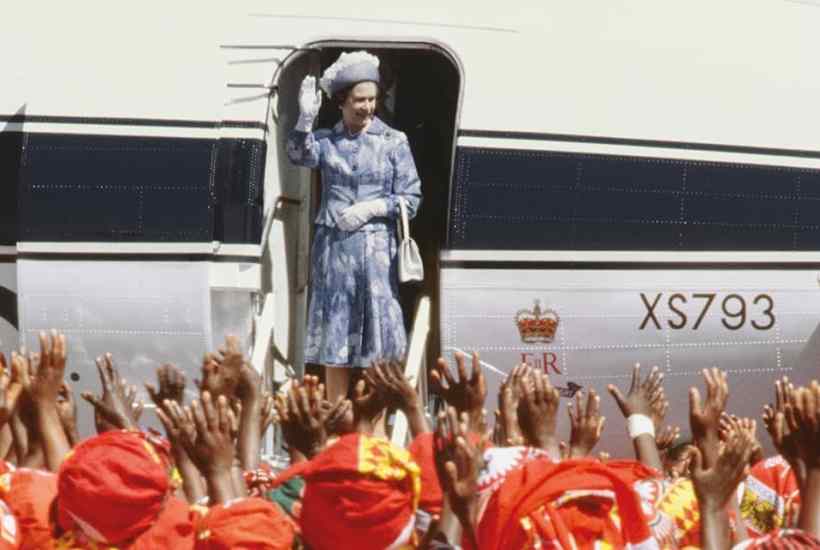
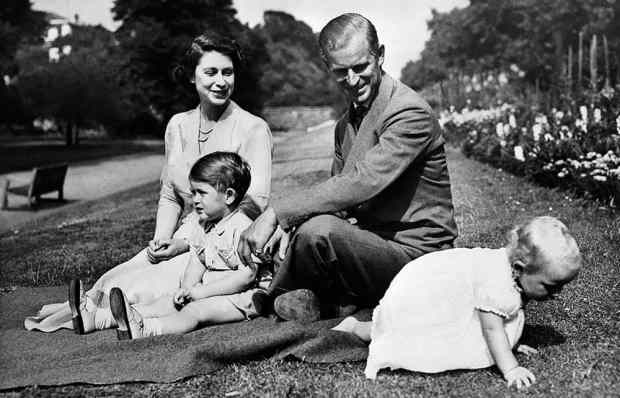
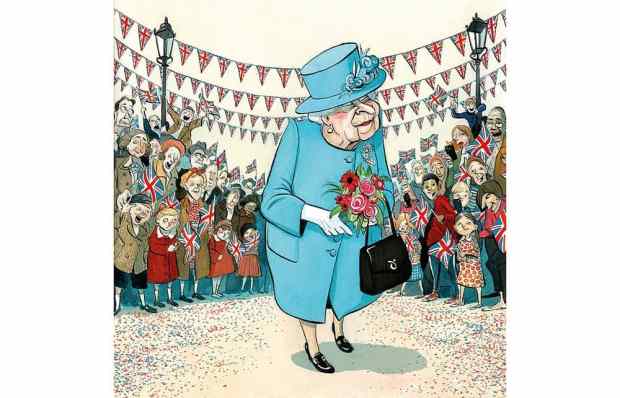
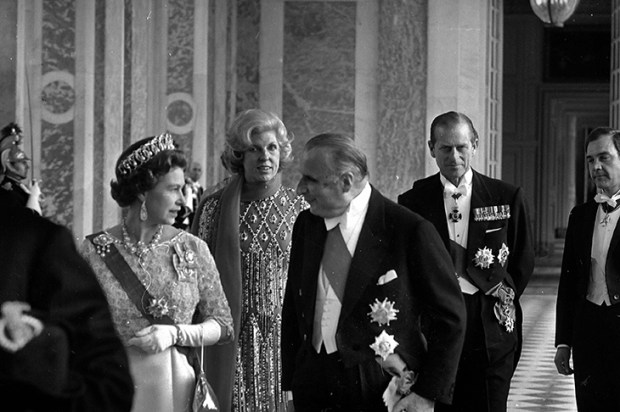
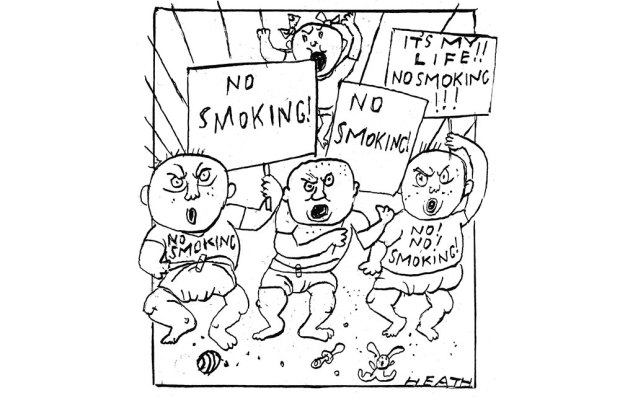
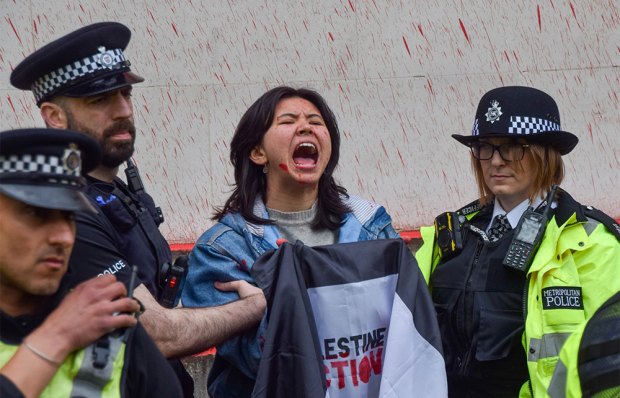
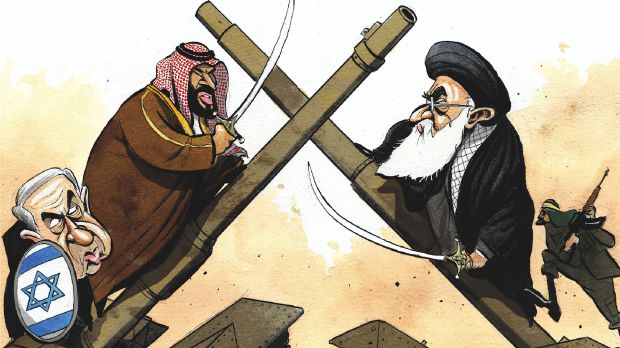






Comments
Don't miss out
Join the conversation with other Spectator Australia readers. Subscribe to leave a comment.
SUBSCRIBEAlready a subscriber? Log in